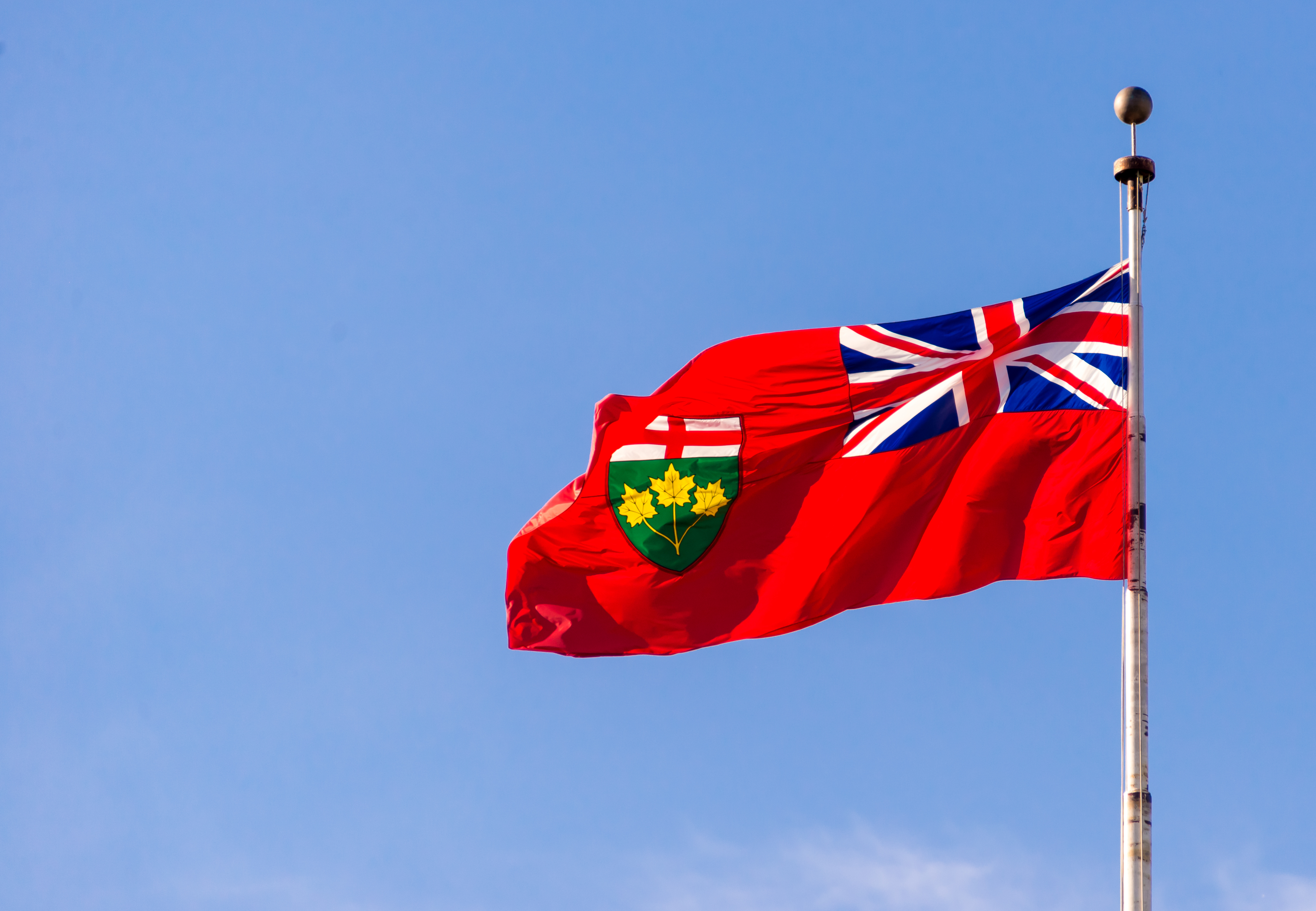Blog Post
What’s Next Under Ontario’s New Government?

On June 7, 2018, Ontario’s Progressive Conservative (PC) party won a majority of seats in the Ontario election. Before the end of June, the PC party will form Ontario’s next government, led by Premier-elect Doug Ford. Over the course of the election campaign, the PC party released its Plan for the People and made a number of promises and statements related to energy policy and their plans if elected. Below are six areas we think will be interesting.
- Cap and Trade: The PC party has promised to end the Cap and Trade system, and has also indicated that (much like the Saskatchewan government) it does not support the federal government’s backstop carbon price. It is not clear how the new Ontario government will proceed to undo the current Cap and Trade system. That will require new legislation, as well as withdrawal from agreements with Ontario’s Western Climate Initiative partners (Quebec and California). None of this can happen immediately, and obligations of Ontario emitters will continue in the meantime. Even after the end of Cap and Trade, Ontario consumers may still pay a carbon tax if it is found that the Federal backstop carbon price applies. If there is no carbon tax, then there will be no related revenues to support carbon-reduction initiatives. There will also be an important question of how to address the compliance obligations of Ontario emitters up to the time that the Cap and Trade system is ended in Ontario. Presently, Ontario emitters will have to satisfy their compliance obligations for a first “compliance period” of 2017 to 2020 after the end of that compliance period. If the Cap and Trade system is ended before that time, then it may be that Ontario emitters will only have to satisfy compliance obligations for a shorter compliance period. Or it could be the case that all past compliance obligations will be forgiven – though that might be seen as unfair to those who have been spending money to be in compliance up to this point. Presumably, this item will become clearer in the coming months to address uncertainty from Ontario emitters who will want to know how to participate in upcoming Cap and Trade allowance auctions (the next auction is set for August 2018).
- Hydro One: The PC party has indicated that it will “fire” the CEO of Hydro One (and potentially other executives). Apparently, doing this will require replacing some or all of Hydro One’s Board of Directors and paying substantial severance costs. It’s not clear that this step will change consumer electricity costs since only a portion of Hydro One executive costs are included in rates and these costs are a very small fraction of overall electricity system costs. However, changing the Board and management of Hydro One (assuming this is possible) might give the Ontario government more control over the future direction of Hydro One. It should be noted, though, that Hydro One’s “Governance Agreement” (described here) provides that where the Ontario government chooses to “fire” the current Hydro One Board, the Ontario government must then work with the other largest shareholders to determine who will be nominated to be part of the replacement Board.
- Electricity Costs: The PC party has indicated that it will lower electricity rates by 12%, beyond the reductions already seen from the “Fair Hydro Plan.” Among other things, the new Ontario government will maintain the “Fair Hydro Plan” (notwithstanding criticisms from the Auditor General), and will redirect its dividend from Hydro One to reduce costs (perhaps to transmission rates?) and will fund conservation programs from tax revenues rather than through distribution rates. Further details are needed in order to understand how these initiatives (and presumably other additional initiatives) will lead to the promised electricity rate reductions.
- Long-Term Energy Plan (LTEP) and Climate Change Action Plan (CCAP) : The 2017 LTEP and the CCAP set out the prior Liberal government’s plans, strategies and philosophies related to climate change and energy system needs. The new PC government clearly has different priorities and philosophies, starting from the plan to undo the Cap and Trade system. It can be expected, therefore, that many of the initiatives and proposals set out in the 2017 LTEP and the CCAP will be no longer be pursued, and may be replaced. This leaves interesting questions as to the future of the GreenON Fund (which uses Cap and Trade revenues to fund projects), and the activities currently being supported by GreenON. It also leaves open the question of what will happen with the activities and plans set out in the LTEP implementation plans issued by the OEB and the IESO. Presumably, in the upcoming months we will see some direction from the new government that will make its next steps clear.
- Green Energy Act and Long-Term Contracts: The PC party has promised to abolish the Green Energy Act and to terminate existing long-term renewable electricity supply contracts where that is possible. As we have written previously, it is not clear whether and how this can be done without legal exposure, and without potential costs to taxpayers that could arise from generators enforcing their contractual rights and/or seeking remedies under international investor protection agreements. It is clear, though, that the PC government will be able to update legislation to impact on the future procurement of electricity supply.
- Roles and Responsibilities of the Regulators and Planners: The roles and responsibilities of the OEB and the IESO reflect the direction and expectations of Ontario’s Liberal government over the past 15 years. It may be that a PC government has different priorities and expectations for these agencies. If so, that might be reflected in updated legislation and Ministerial Directives.
Along with all Ontarians, we will follow the early months of the new Ontario government with great interest. We will report on the energy-related decisions and developments as they happen.

